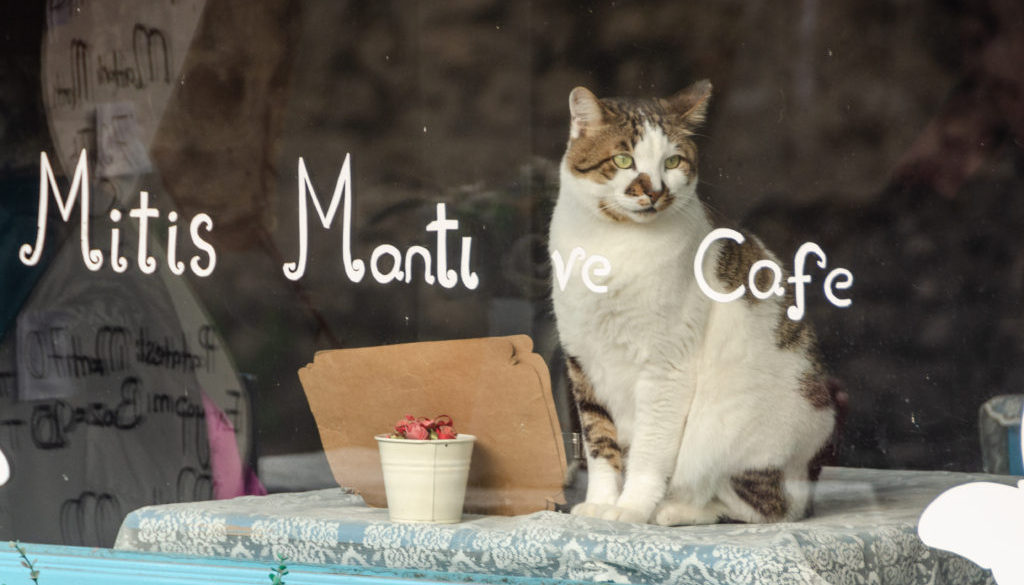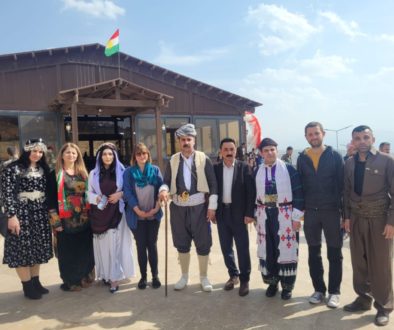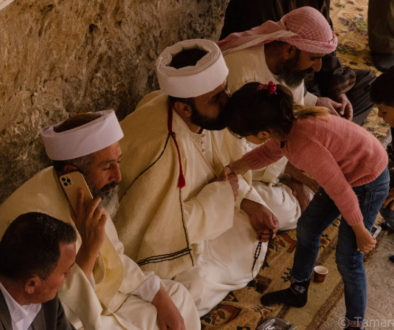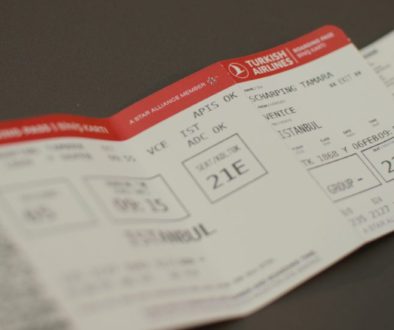No sooner had we dropped our backpacks than a little half-white, half-tiger kitten appeared to “attack” their straps. We are at Dogan and Alex’s, our hosts in Istanbul. A few weeks ago, they found him in the street, alone and hungry. He couldn’t have been more than 3 months old. They adopted him and named him Aeva (quince in Turkish). A generous gesture that is anything but rare in this city, which has a special affection for the small felines. Here are a few photos to illustrate this other facet of Turkey’s largest city.
Much is known about Istanbul, a millennia-old megalopolis located on the borders of Europe and Asia, former capital of several empires. But those who have not yet had the opportunity to visit it may not know that it is also one of the most cat-friendly cities in the world.

Aeva
Whether in the tourist centre or in the working-class districts, cats are everywhere. And the people of Istanbul look after them. In all places, bowls with cat food and shelters have been placed to help them in their life on the streets. Because if there is nothing unusual about seeing them raised as pets like Aeva, most are indeed strays.
But the relationship of the locals with street animals differs greatly from the one we have in the West where they are seen as a problem to be controlled. In Turkey, cats are generally not considered as belonging to one person but as collective property of the community and the responsibility of all. Many times we will hear people talking about “our cats”.


The signs of attention towards them are visible at every corner. In the metro corridor, a lady stops at the sight of a cat to take some kibble out of her bag; the butcher calls the neighbourhood cats to give them some leftover meat; in a café, a cat sleeps on a chair in front of the last free table, and no one seems to dare to take its place; in front of a clothes shop, a kennel has been set up, carefully wrapped in plastic film to protect it from the rain. “In the university library, cats sometimes lie down on the still warm computers to sleep. Often the students prefer to read a book while waiting for them to wake up,” says Alex.


This kindness, which apparently dates back to the time of the arrival of the Ottomans in Constantinople, obviously has an impact on the overall cat population, which is estimated at 125,000 in Istanbul.

Director Ceyda Torun has dedicated his documentary film to this relationship. In “Kedi” (“cat”), he portrays Istanbulites from different backgrounds through their relationship with their four-legged fellow citizens.


Although they are less numerous and do not seem to receive as much attention, dogs are not absent from the streets of Istanbul. One of them has even become a celebrity. His name is Boji and he was regularly seen using the city’s public transport system. The public transport company decided to chip him to track his movements. On average, it turned out that he travels through 29 stations a day, mostly by ferry and tram. A Twitter account was set up in his name where commuters post pictures of their encounters with Boji. He has over 100,000 followers.

This affection is by no means unique to Istanbul, we will observe it everywhere in Turkey. In Mardin, we cross the path of a seriously injured cat that we took to a vet. She treated him and refused, despite our insistence, to be paid for the care given, thanking us for having looked after “our cats”. This country will definitely not leave animal lovers indifferent…









